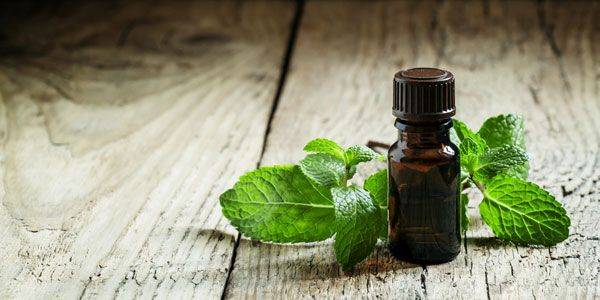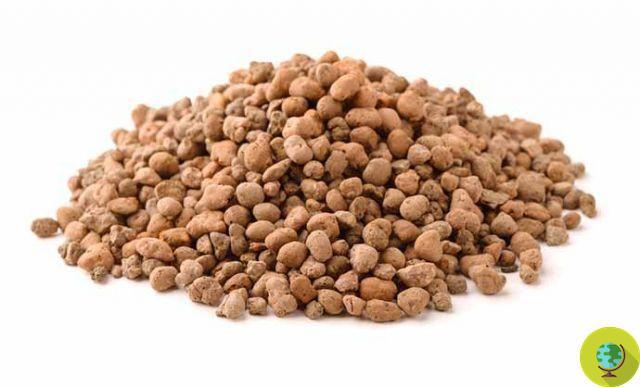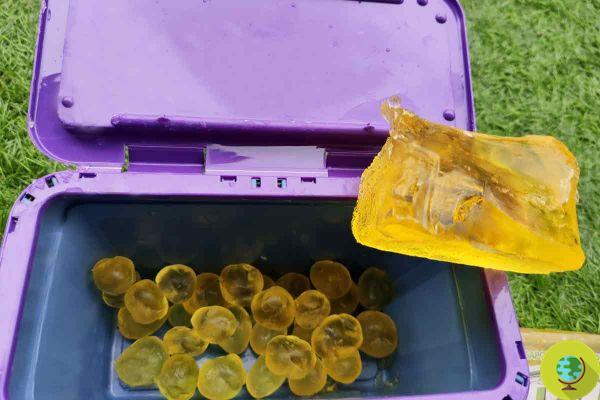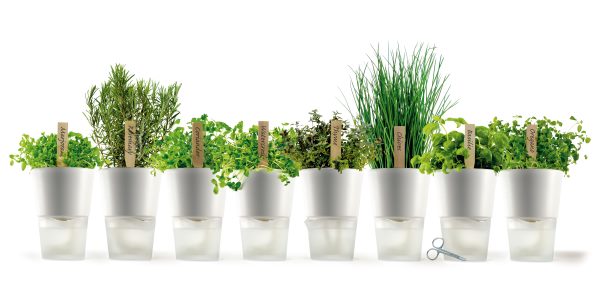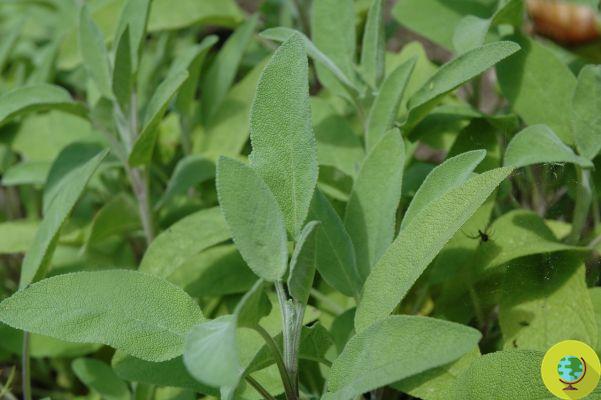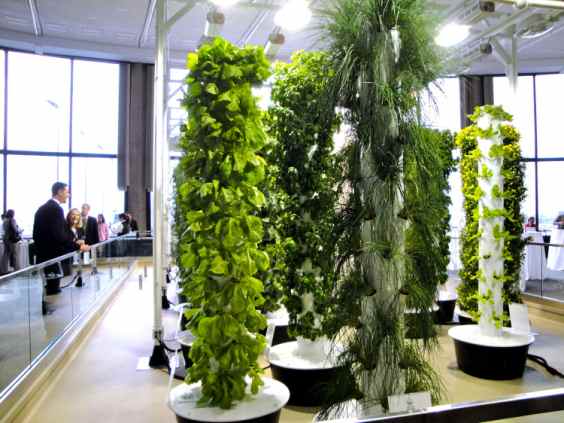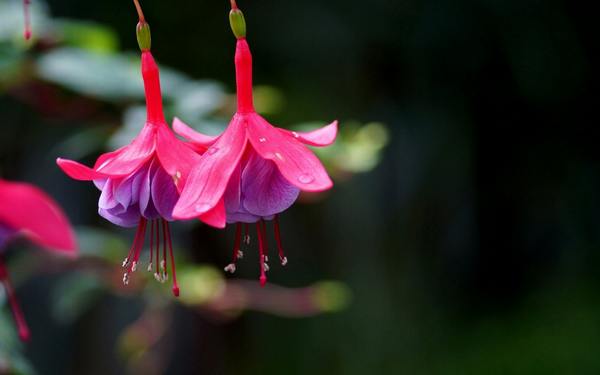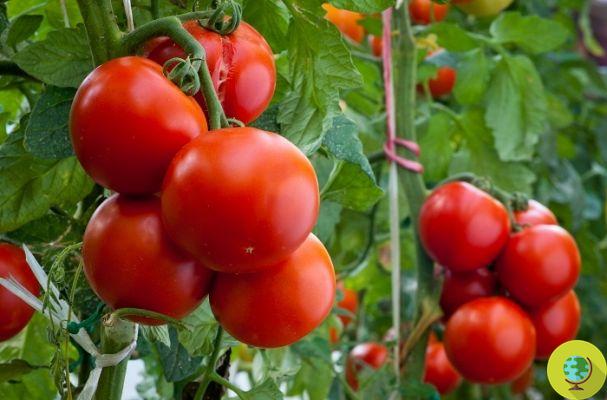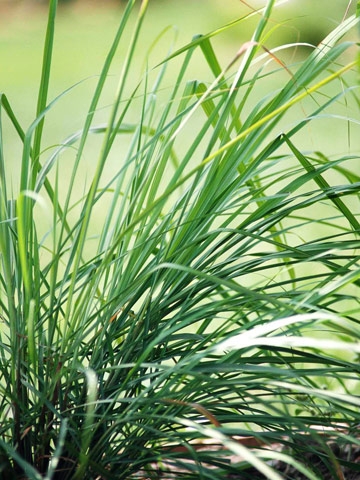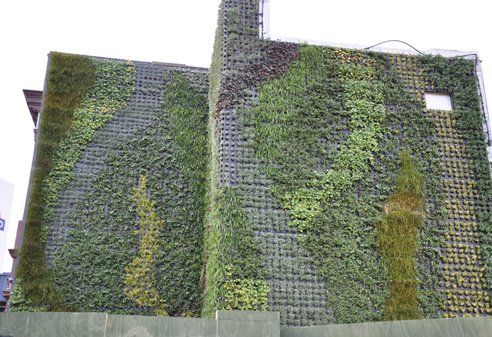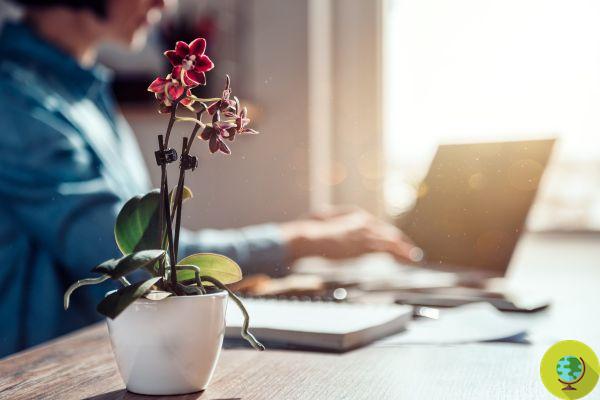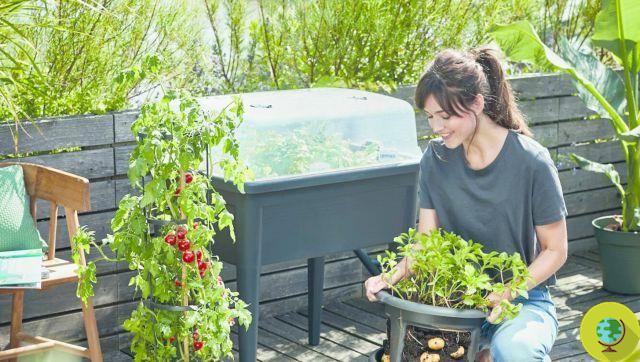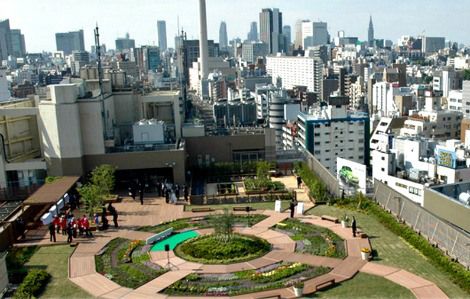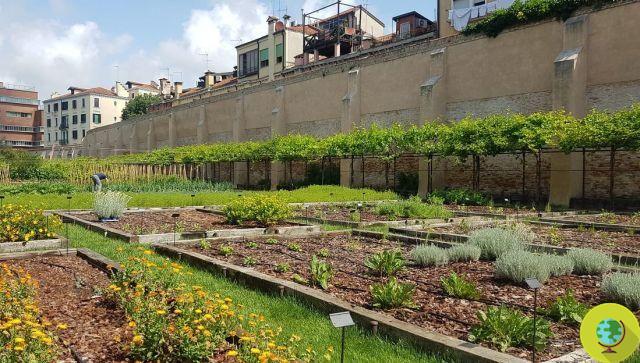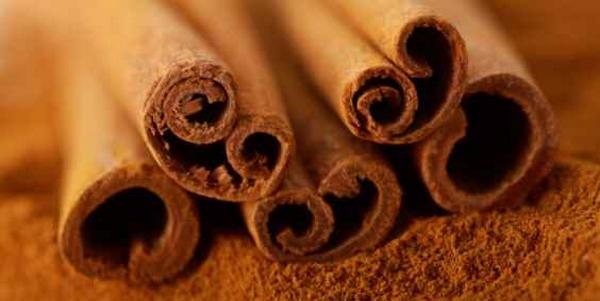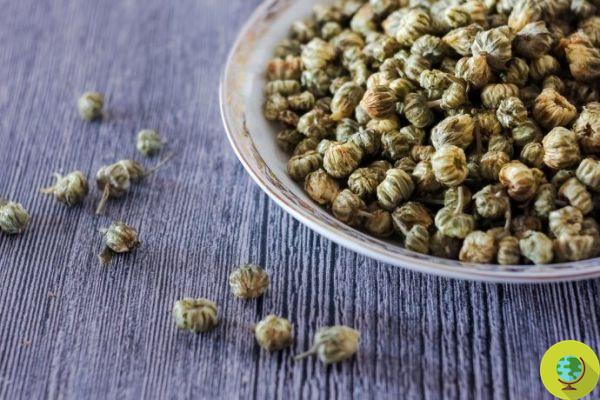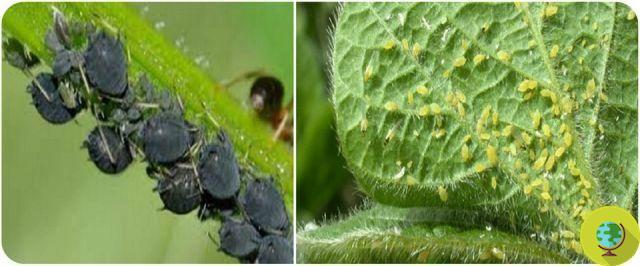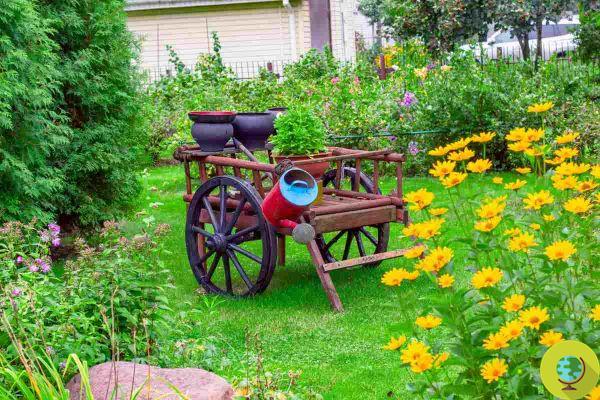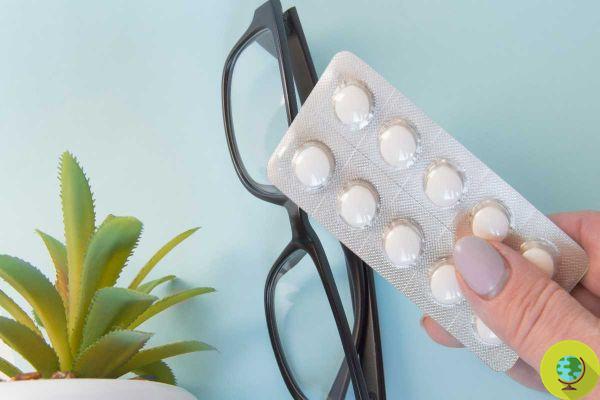Lemon balm (Melissa officinalis) is a perennial herbaceous plant very common in vegetable gardens and gardens that we can also grow in pots in our garden on the balcony. It is a very resistant spontaneous plant and is particularly loved by bees.
Lemon balm (Melissa officinalis) is a perennial herbaceous plant that is very widespread in vegetable gardens and gardens that we can also grow in pots in our garden on the balcony. It is a very resistant spontaneous plant and is particularly loved by bees.
For this reason we can choose lemon balm as a plant to grow not only for its benefits as an aromatic herb and how natural remedy but also to create a habitat suitable for bees in our vegetable garden or garden.
Lemon balm is a plant rich in beneficial properties. Its fresh and dried leaves are mainly used to prepare relaxing herbal teas, which facilitate good sleep, digestion and stress reduction.
Read also: MELISSA: PROPERTIES, BENEFITS AND HOW TO PREPARE AN HERBAL TEA
Index
When to sow lemon balm
Sow the lemon balm in spring starting from March or April directly in the pot or in the garden. Bury the lemon balm seeds a few millimeters from the surface and cover them with soil. Water immediately and regularly day after day until you see the first sprouts appear.
With mild temperatures i lemon balm seeds they will sprout in two to three weeks. In the garden and in the vegetable garden you can create rows at a distance of 20-30 cm from each other, while in pots you can sow the lemon balm broadcast.
How to grow lemon balm in pots
To sow the lemon balm, choose fairly large round or rectangular pots and fill them with del fresh and light soil. Lemon balm is among the plants that we can grow in the shade on our balcony.
So if we have a shaded part on our balcony it will be the ideal place to place the vase with the lemon balm. The same rule applies to lemon balm which is very important for all aromatic plants: never leave stagnations in saucers to prevent the roots from rotting, the leaves drying out and the plant suffering. So remember to always check the saucers, to avoid water stagnation and to empty them regularly.
Read also: 10 PLANTS FOR A BALCONY IN THE SHADOW
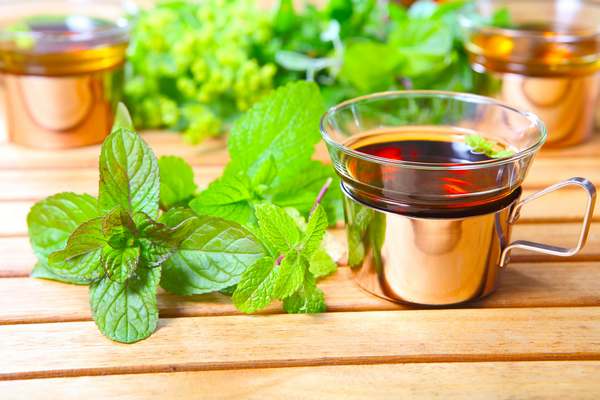
How to grow lemon balm in the vegetable garden and in the garden
Lemon balm is one rustic plant that adapts to any type of soil and that it has no growth and development problems. Indeed, it is a plant that, like mint, it propagates very easily.
The advice for growing lemon balm in the vegetable garden and in the garden is to prefer a fresh and light soil and prepare a flower bed that can contain its expansion. You can also grow lemon balm along the edges of the vegetable garden and garden, near walls and fences. You will end up with small, very fragrant bushes. To grow lemon balm in the vegetable garden or in the garden, choose a semi-shaded area.
Read also: 10 PERENNIAL PLANTS TO SOW ONCE AND GROW FOREVER
When to water lemon balm
Lemon balm is particularly lush in spring and summer. On the hottest days you can water the lemon balm twice a day, early in the morning and in the evening. Otherwise, one watering a day is enough, preferably in the evening, to prevent the water from evaporating too quickly when the sun arrives. Try to water the soil as directly as possible without wetting the lemon balm leaves so as not to damage them.
How and when to transplant lemon balm
Lemon balm is a plant that it develops very quickly and year after year especially in the vegetable garden or in the garden you can find yourself with new plants. The advice is to quickly transplant the extra lemon balm seedlings that have recently sprung up and transfer them to jars to give to friends. Transplanting lemon balm is very simple and with a touch of delicacy you will not ruin the seedlings. You can transplant lemon balm in spring.
Read also: 10 PLANTS TO GROW FOR TALEA
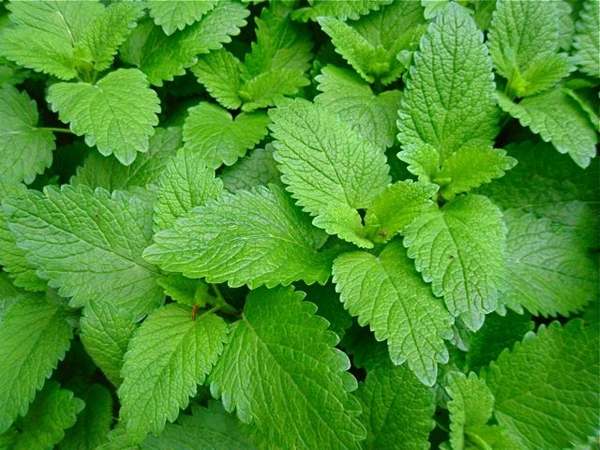
When to harvest and how to store lemon balm
The collection of lemon balm leaves takes place in the summer, before flowering. We advise you to collect the lemon balm leaves when they are fresh for immediate use and leave them to dry in a dry and ventilated place - perhaps outdoors in a paper bag - for subsequent uses. Anyone who wants to follow tradition can harvest the lemon balm on June 24th, St. John's Day.
In fact, with dried lemon balm it will be very easy to prepare herbal teas and you can also use it as a condiment and as an ingredient in soups and broths. Prune the lemon balm in late summer and continue tending it in the fall and winter with the right watering. You will see that while waiting for spring the leaves will be smaller but with the return of summer the lemon balm will recover better and become very luxuriant.
Marta Albè




